9 Places to Advertise Your Business Online
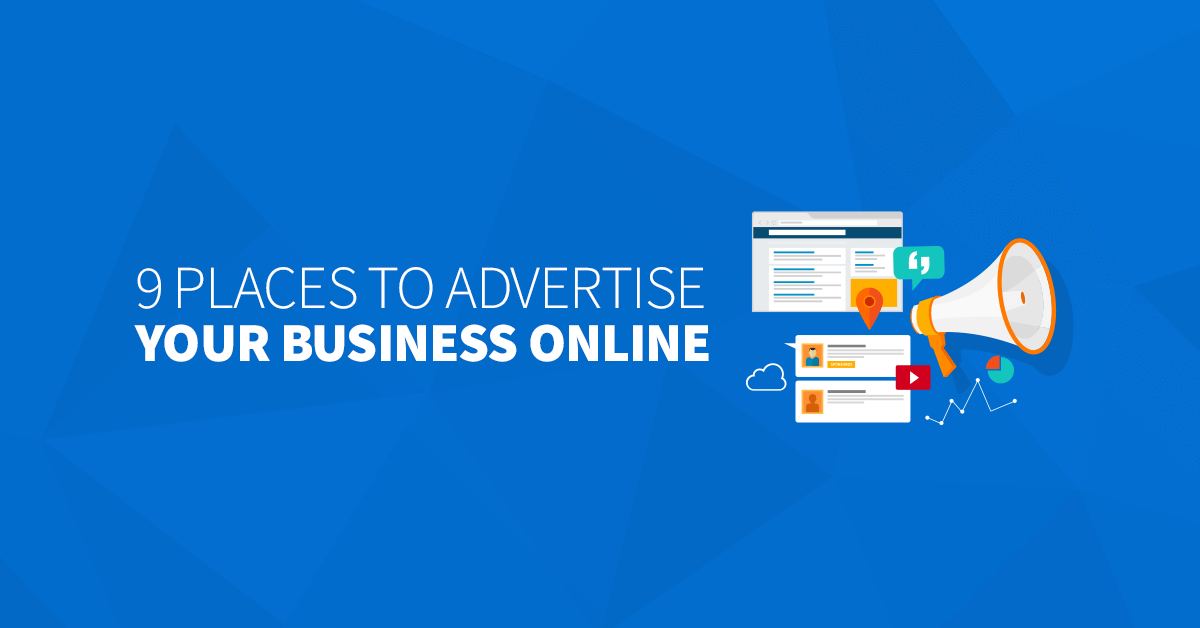
Hand off the toughest tasks in SEO, PPC, and content without compromising quality
Explore ServicesThe world of SEO and online advertising industry is evolving each day. There are many different places to advertise your business online.
It’s important to understand the differences between them in order to choose which one will work best for you.
In this post, you will learn:
- 9 Places you can use to reach new customers
- FREE advertising ideas and marketing strategies you can use
- Common questions about advertising options online
- Advertising statistics for ALL the places mentioned
Advertising Opportunities for Small Business Owners
Online marketing is becoming highly competitive, more and more businesses are looking to digital advertising to attract more customers.
You’ve worked hard to develop your products or services, build a website, and get your company off the ground — now you just need a steady stream of customers to guarantee your success.
Thankfully, the internet is a big place and it has several advertising platforms where you can promote your business.
SEO packages for your small biz 📈
Pick from a suite of monthly SEO packages designed to help any kind of business generate more traffic, conversions, and sales online.
You can create and test different ad campaigns in different places to see what works best. However, it can be daunting to imagine all the platforms that are out there.
What Are The Best Online Advertising Platforms?
First, it’s important to note that there is no single solution or strategy that will work for all businesses.
What works for a small business in a town won’t necessarily work for a big company in a large metropolis.
Consider the size, industry, and location of your business. You should do your research and find case studies of businesses like yours that found success on each platform and how.
(If you are a small business based in a small town, don’t neglect sponsorship marketing.)
Here are some of the best places to advertise your business online:
TLDR: Advertise Your Business Online 🔥
- Bing
- Waze
- Yelp
- Press Releases
1. Google
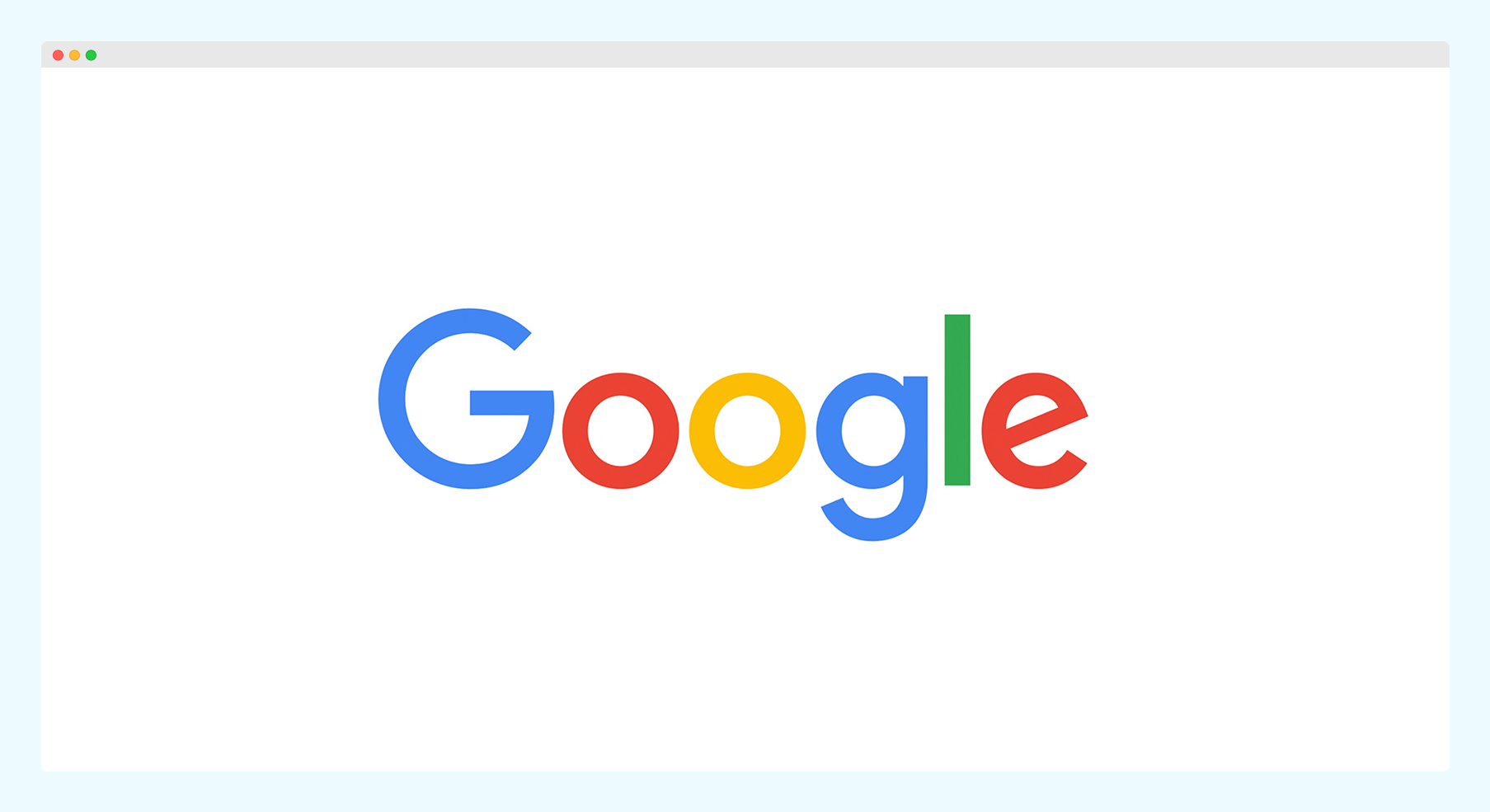
When it comes to advertising your business online, Google is still the biggest online platform of them all.
Using Google’s AdWords platform (pay-per-click), you can advertise your business on the following locations online:
- Google search results pages
- Google Maps (aka Google My Business)
- YouTube videos
- Any website online that is part of Google’s Display Network
- Any mobile app that is part of their Google Play network
The size and potential audience you can reach through Google AdWords makes it the #1 online platform to use. Because it is so massive, the audience you can find spans any age, geographic region, industry, and so on.
If you’re a business owner looking to start marketing online, you should start with Google. It’s the best for reaching the largest portion of your target market online.
Don’t forget SEO (search engine optimization)
Google advertising statistics:
- 95% of ad clicks on mobile devices go to Google Ads’ campaigns (Source)
- 64% of mobile searches take place on Google (Source)
- 63% of total ad spending goes to mobile (Source)
- 60% of users click on mobile ads at least once a week (Source)
2. Facebook
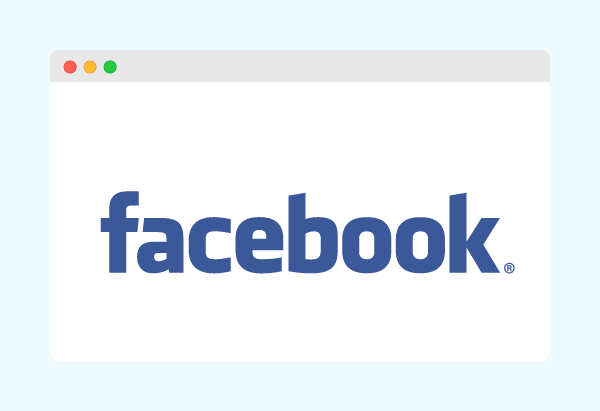
The next best place to advertise your business online is Facebook.
It doesn’t have the same size, scale, or breadth of advertising mediums as Google, but it is still likely the second best platform for most businesses.
It is also still the largest social media platform, with over 2 billion users.
You can create ads that appear in people’s news feeds as they scroll through their timelines, but also within Messenger, Marketplace, and any other area of the Facebook ecosystem.
You are restricted to visual ads, image banners and videos, but the conversion rate can be great.
Facebook advertising statistics:
- Facebook has 2.74 billion monthly active users (source)
- Facebook reaches 59% of the world’s social networking population (source)
- Facebook users spend 34 minutes per day using the platform (source)
- Facebook has an advertising audience of 2.14 billion (source)
- An average Facebook user clicks on 12 ads per month (source)
You might also like: Facebook Advertising Tools to Improve your ROI
3. Instagram
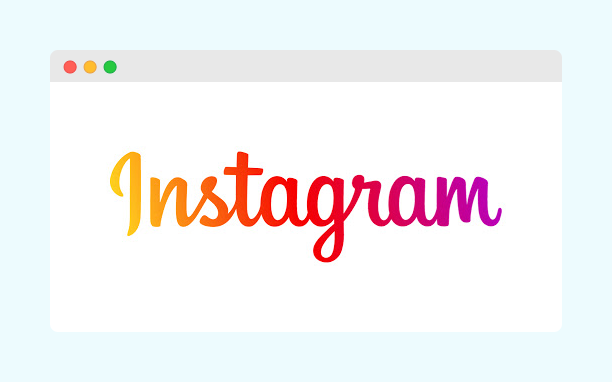
Instagram, which is owned by Facebook, is managed through the same Business Manager account as Facebook ads.
It has the same capabilities as far as targeting, bidding and mediums. You can schedule Instagram reels and even create one ad and set it to appear on both Facebook and Instagram.
However, it is usually better to keep them separated. Instagram tends to draw a younger demographic than Facebook. It also tends to be better for your Instagram ads to have better visual quality.
It’s a great place for businesses that sell technology, fashion, food, and travel.
Instagram advertising statistics:
- Instagram is the sixth-most visited website (source)
- Instagram’s potential advertising reach is 1.16 billion users (source)
- Instagram advertisers can reach a youth audience of 83 million (source)
- Instagram will earn $18.16 billion in ad revenue in 2020 (source)
- 4 million businesses use Instagram Stories ads monthly (source)
4. Bing
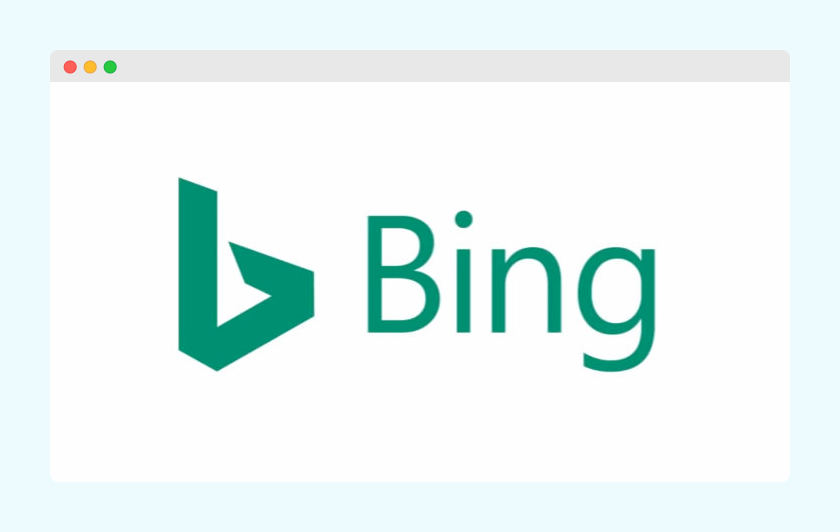
Bing ads work the same as Google’s, with the same system of using keywords, bidding, targeting, and having a separate search and display network.
Bing’s ads are shown both on Bing searches as well as on the online properties that own, including Yahoo and AOL.
There is no way getting around it, Bing does not have the same size as Google, but it’s also not nearly as competitive.
You won’t be able to reach the same amount of people, but you might be able to reach a different audience at a far lower and more efficient cost.
Bing users tend to come from an older demographic. So, if your business draws from people who are 35+ years old, it can be a very useful place for your advertising.
Bing advertising statistics:
- You can reach 162 million unique searchers using Bing, which accounts for 30% of total search engine share + over 6 billion searches a month. (source: comScore Core Search)
- Bids on Bing tend to be lower, and the competition for keywords is lower. (source)
- Searchers on Microsoft are likely to spend 21.5% more than the average web searcher, and 0.76% more than Google searchers in the U.S. (source: comScore Core Search)
- Bing shows more ads at the top of the page (vs organic results) than Google for most searches. (source)
5. Waze
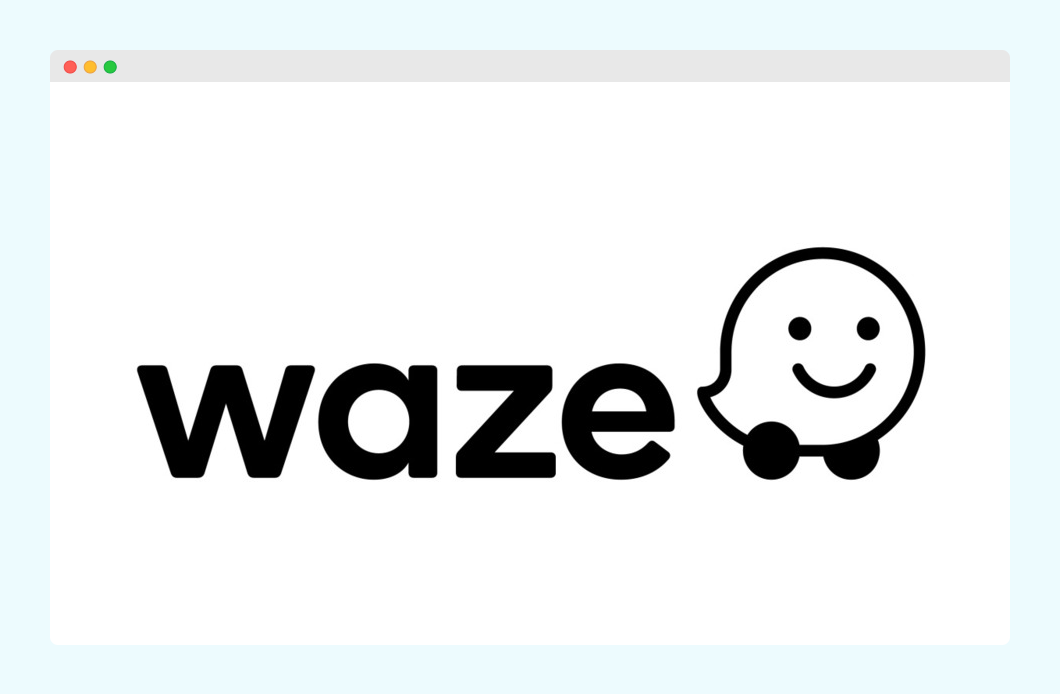
If you haven’t heard of Waze, it’s a relatively new app that is a competitor for Google Maps.
It also has a platform for local advertising that can be effective for small businesses that have a brick and mortar store.
With Waze advertising, you can make a branded location pin for your store and search ads that will put your business at the top of search results.
It also has a “zero-speed takeover” ad format that shows your business as a digital billboard within the map function as people browse it.
Waze is great for a businesses wanting to build up some brand awareness and where people commonly search for locations to visit: car dealers, dentists, lawyers, restaurants, and other service-based stores.
Waze advertising statistics:
- Waze introduced Waze Local in 2018 as a way for small businesses to advertise. It has attributed to more than 7 million navigations to local businesses. (source)
- According to their site, you can start advertising with Waze with as little as $2 a day. (source)
- 4 ad formats: Branded Pins, Promoted Search, Zero-Speed Takeover, Arrows (source)
6. Yelp
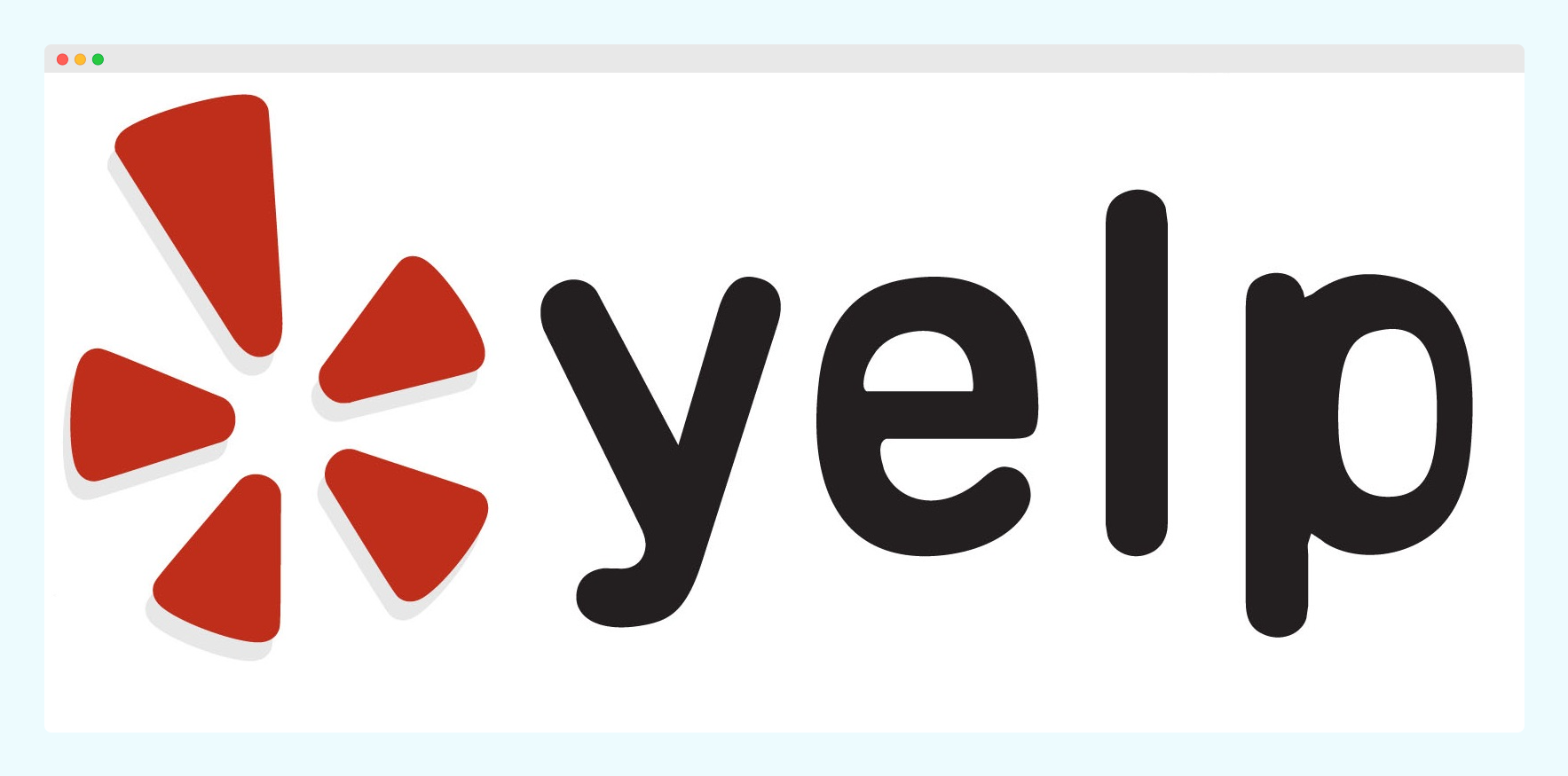
Yelp started as a space for online reviews, but is growing into more of a total local business platform.
Like Waze, it is also good for local businesses. If you search for “best restaurants near me”, you are likely to see “top 10 restaurants” in your city from Yelp.
It is a place where people are increasingly looking to find certain types of businesses in their area, especially service-based shops.
Also like Waze, you can make enhanced listings and banner ads. You can also have your ads appear on unclaimed competitor listings.
Yelp advertising statistics:
- 846.8 million USD net revenue achieved in 2017, representing 19% growth over 2016. (source)
- Primarily, revenue is generated by the sale of advertising on the website and mobile app to businesses – 97% for 2018. (source)
- By Dec 2018 businesses claimed about 5 million business listing pages on Yelp. (source)
- 942 million USD net revenue achieved in 2018, representing 11% growth over 2017. (source)
7. LinkedIn

LinkedIn is the Google of recruitment, job searches and networking.
It has a smaller audience size than most of the other places in this list, but because of its nature it is a great platform for B2B businesses and certain service-based companies.
What makes it great for a B2B business is that you can target people based on their industry, job title, or company. It can also be effective if your business heavily draws from a certain profession — a hearing clinic can target people who work in loud environments, for example.
As an advertising platform, it lets you create banners or video ads in a user’s timeline like Facebook. It also has inbox ads, and text ads in the sidebar. Linkedin Ads are versatile in terms of analytics, too. You can analyze your performance with third-party integrations like Linkedin Ads to BigQuery.
LinkedIn advertising statistics:
- LinkedIn is the most trusted social network in the U.S. (source)
- An ad on LinkedIn can reach 13% of the world’s population (source)
- LinkedIn’s ad reach grew by 25 million people in Q4 2020 (source)
- LinkedIn ads offer more than 200 targeting characteristics (source)
- Ad exposure on LinkedIn can increase purchase intent by 33% (source)
8. Twitter
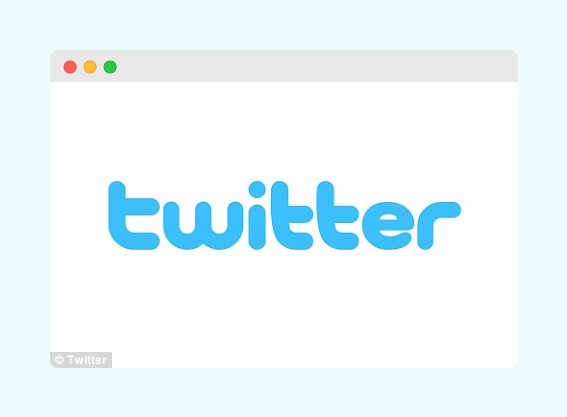
Twitter is not as large a social media platform as Facebook or Instagram, and its advertising capabilities are more limited. However, it is still one of the best platforms for content marketing. It can help you reach more people and generate more engagement.
If you want to promote an article, blog post or piece of content that can help establish your business as an authority in your field, it’s worth testing Twitter. You can also use it to tweet about sales and coupons.
Twitter advertising statistics:
- Twitter has an advertising audience of 353 million (source)
- Twitter ads can reach 5.8% of the world population over age 13 (source)
- Twitter’s ad revenue is up 15% (source)
- Twitter ad engagement is up 27% (source)
- Twitter website carousel ads saw an average 15% increase in CTR over single-asset ads (source)
9. Press Releases
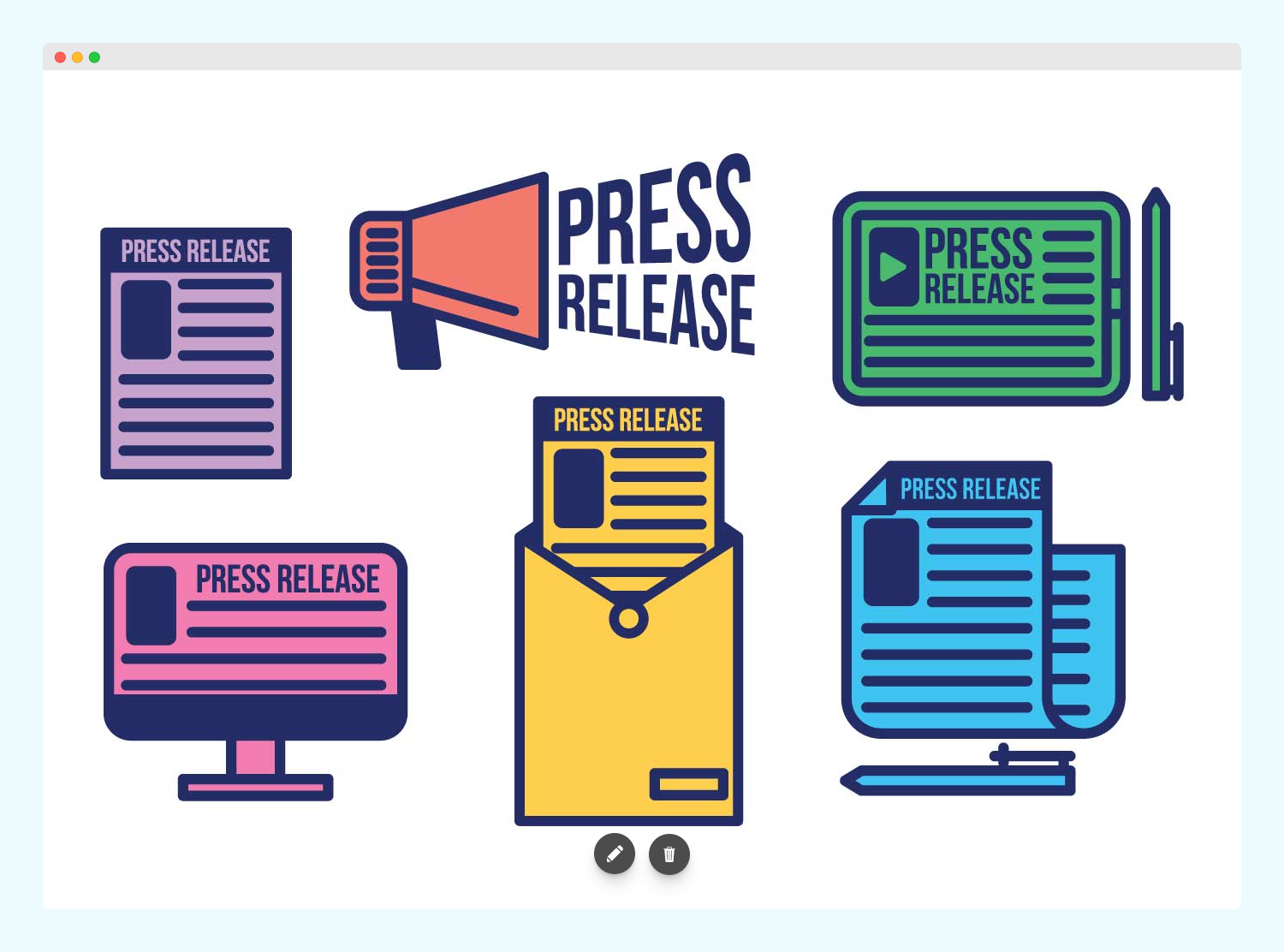
There are many websites where you can publish a press release about your business.
Press releases are a specific type of advertising with an audience drawn more among the media than regular people. That can make it tricky to try and use for marketing, but it can be useful.
It can work very well if your business has a significant change and you want to spread the word.
So, use press releases if your business is…
- opening a new location
- moving somewhere within the same city or town
- launching a new product line
- rebranding itself
The added benefit of these sites is it can also help with your link building strategy for SEO. You get links in the press releases themselves, but you might also get some news outlets coming to you for a story where they can link to you as well.
Press release statistics:
- Almost 14% of press releases were sent by agencies. (source)
- Top 3 wire services include PR Newswire, PR Web, and BusinessWire. (source)
- 56% of releases include email contact information. (source)
Which online advertising is best?
If you’re a small business owner, the last thing you want to do is spend your hard earned money on advertising that does not result in a return.
But it can be difficult to know where and how to start when there are so many options out there.
When it comes to the different types of PPC strategies for small businesses, there really is no best advertising strategy. Sorry!
In summary: the best place to start with online advertising is the one you can be consistent with and the one that brings you the most consistent results.
5 Common FAQs About Places To Advertise Online
So you’ve got your target audience nailed down and now it’s time to start advertising your small businesses.
But you have a few questions about the places to advertise online.
Don’t worry, here are a few common questions to consider:
1. Where can I advertise online for free?
Yes, you can advertise online for free. There are many places to do this including Facebook, Google Adwords, and Bing ads
You’ll want to make sure that you’re targeting the right people with your ads so that they’re relevant. Make sure you have a budget in mind before starting an ad campaign
Now we have gone over some of these already, but there are ways to utilize these platforms for free.
FREE places to advertise online:
- Google My Business
- Bing Places
- Other Search Engines
- SEO
- YouTube
- BizSugar
- Quora
- Crunchbase
- Medium
- Guest Blogging
- Conferences, Podcasts and Webinars
- Local Listings and Review Sites
- Business Directories
- Product Hunt
- B2B Networking Sites
- HARO
2. How much do online ads cost?
When it comes to digital marketing, one of the most popular questions is always: how much does it cost and what does my advertising budget need to be?
Napkin Maths 🔢
- The average cost of an advertisement on Google Ads (AdWords) is $2.32 per click on the search network.
- The average cost per click of an ad on the Display Network is under $0.58.
- The average cost per action (CPA) in a Google advertising search campaign is $59.18.
- The average small business using Google advertising spends between $9,000 and $10,000 per month on their online advertising campaigns.
- That’s $100,000 to $120,000 per year.
- The average cost per click of an online Facebook ad is $1.72. The average cost per action on Facebook Ads is $18.68.
- The typical CPM on Facebook Ads is around $10.
Source: Wordstream’s Comprehensive Guide to Online Advertising Costs
3. What is an example of online advertising?
The most familiar from of online advertising is the banner ad. Banner ads are blocks of advertising placed on web pages, most often at the outer edges.
Other examples of online advertising include:
- Banner Ads
- Text Links
- Coupons
- AdWords
- Websites
- Videos
- Social Media
4. Are online ads effective?
Online advertising can be used to drive traffic to your site and build brand awareness.
Effectively targeted campaigns can create brand influencers and reach complementary audiences.
Just consider this:
Businesses make an average of $2 in revenue for every $1 they spend on Google Ads. (source)
5. How do I advertise locally?
If you want to reach potential customers in local search, here are a few options to try:
- Business listings – submit your business NAP (name, address, phone number) to relevant business directories. Check out this comprehensive Local Business Directory list.
- Local SEO – one of the best ways to get in front of local customers in with local SEO, which you can read more about here: Local SEO Guide.
- Hire an agency – hire an agency or consultant who knows what they are doing to manage your PPC campaigns.
You might also like: Local Advertising Tips to Promote Your Business Locally
Find the Best Place to Advertise Your Business
This list doesn’t cover all of the potential advertising platforms you can try online, but it does cover the nine best ones. Even within these platforms, there are different advertising strategies that can work for you. Not all of them will work for everyone.
It’s worth trying any of them out, but always do your research. Find out how the platforms work, what the costs usually are, and what kind of campaigns have worked in the past according to case studies.
See what mediums, platforms, and tips work best for your business and refine your strategies until you hit your sweet spot.
Hand off the toughest tasks in SEO, PPC, and content without compromising quality
Explore ServicesWritten by Adam Steele on November 28, 2019
COO and Product Director at Loganix. Recovering SEO, now focused on the understanding how Loganix can make the work-lives of SEO and agency folks more enjoyable, and profitable. Writing from beautiful Vancouver, British Columbia.





